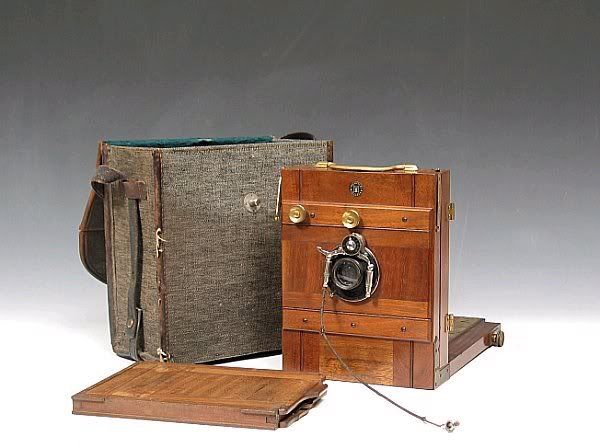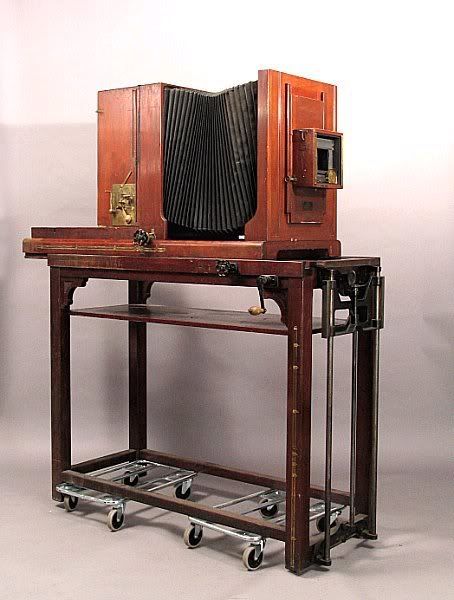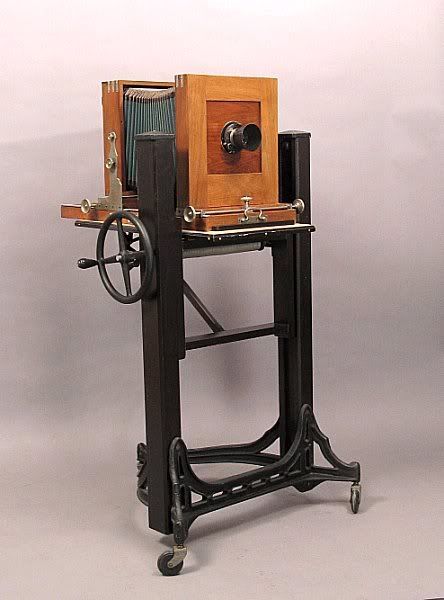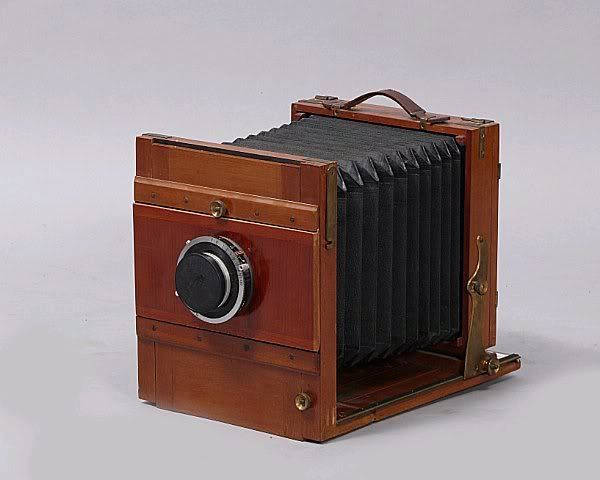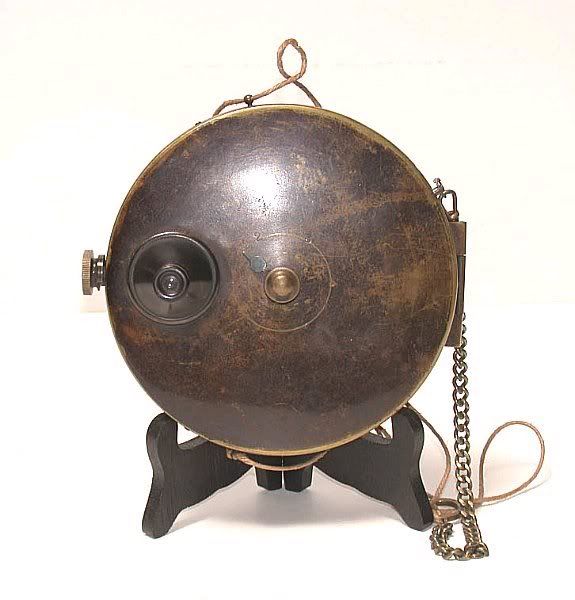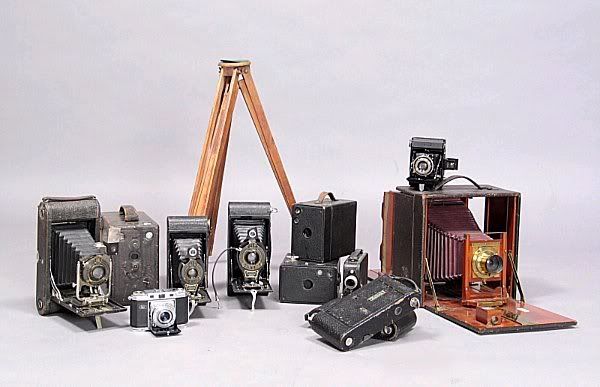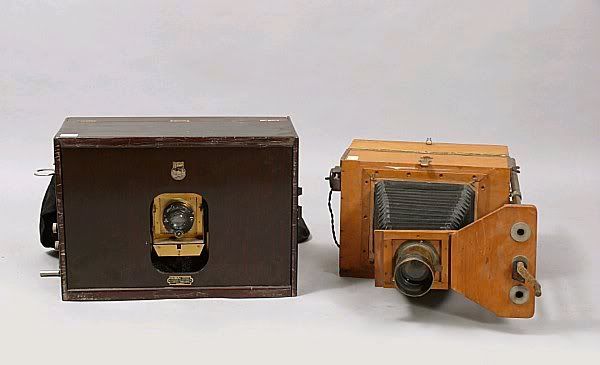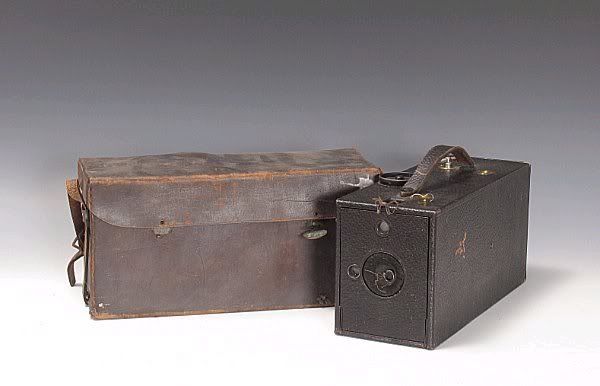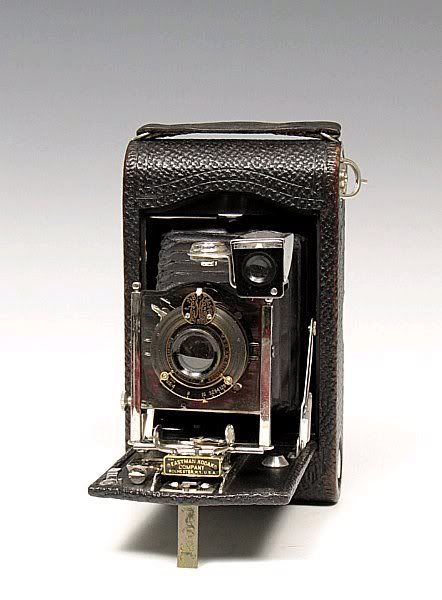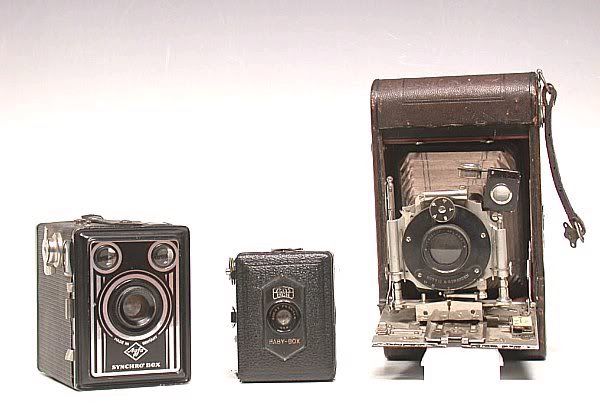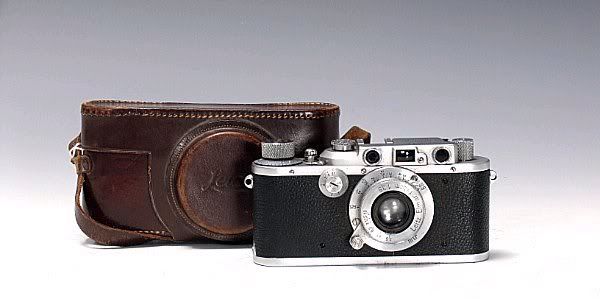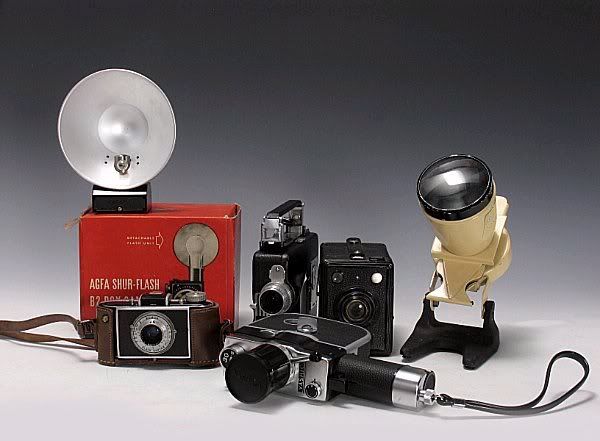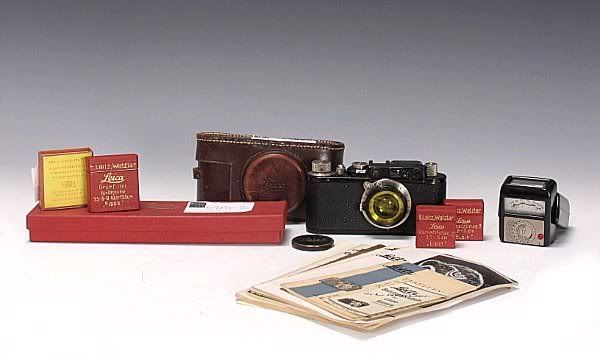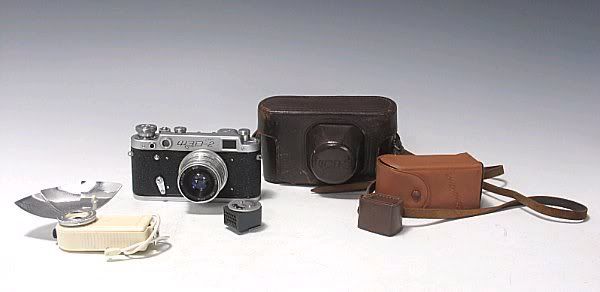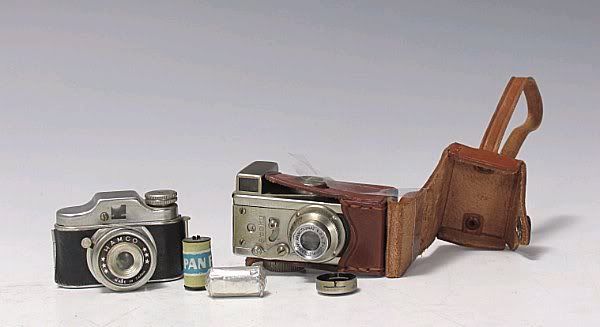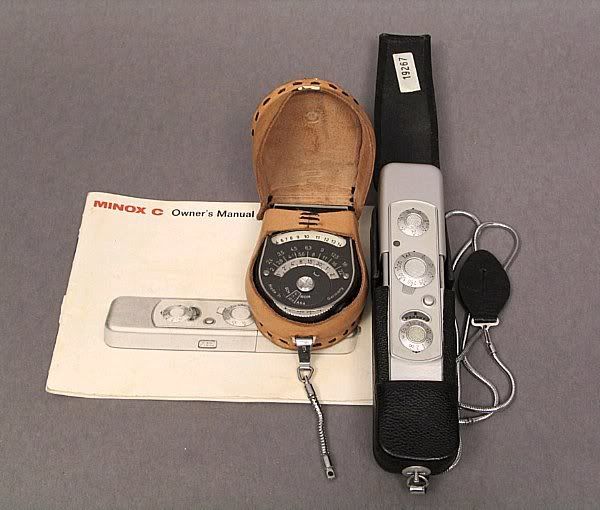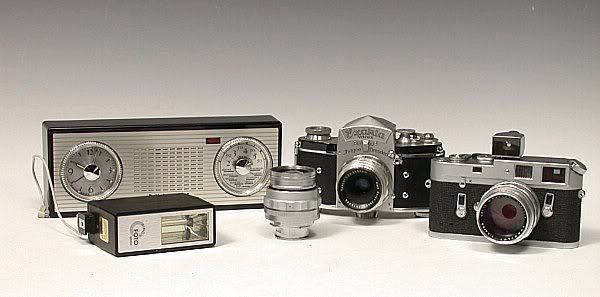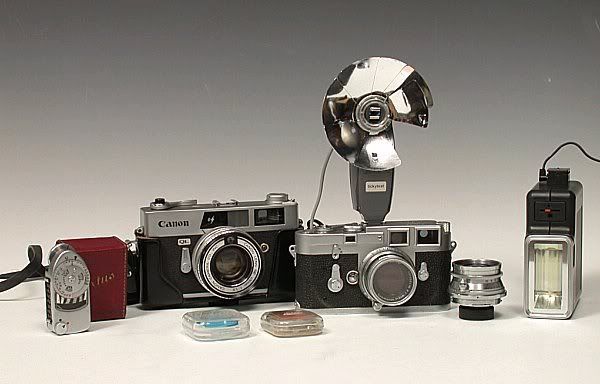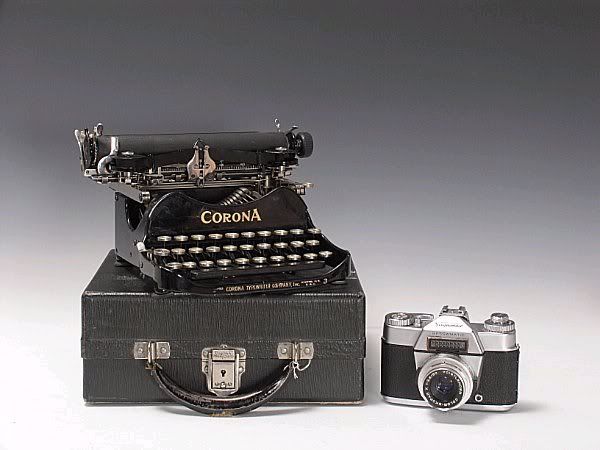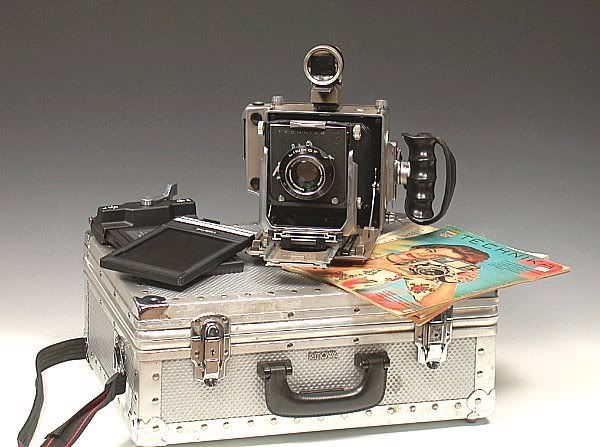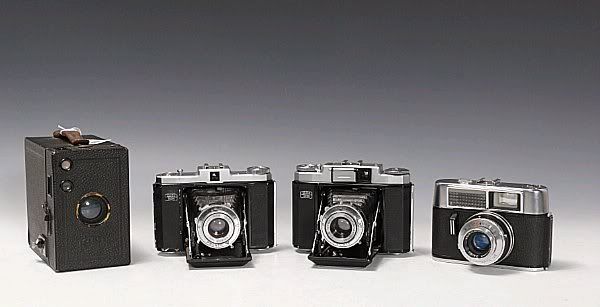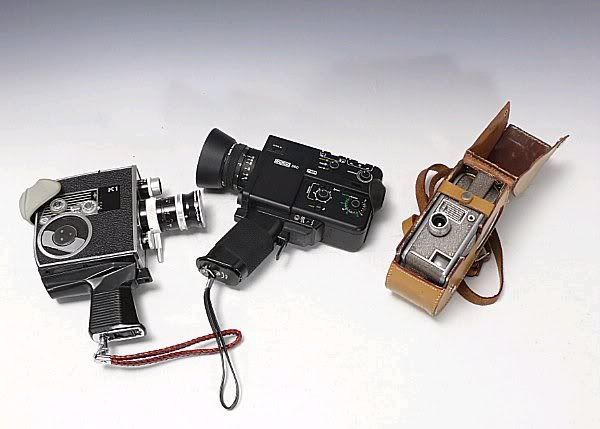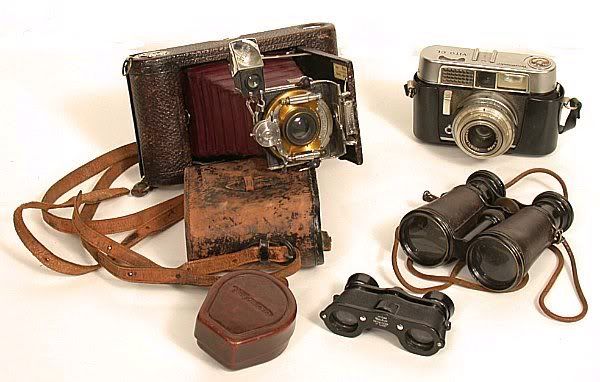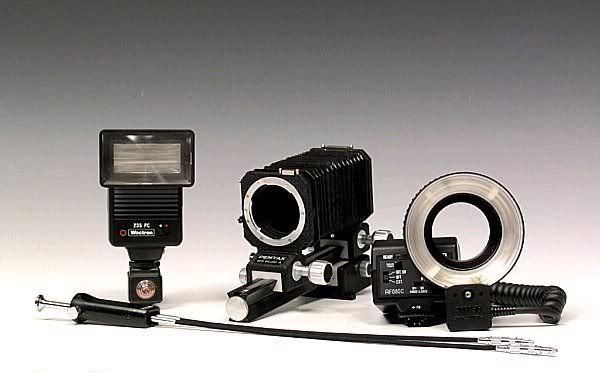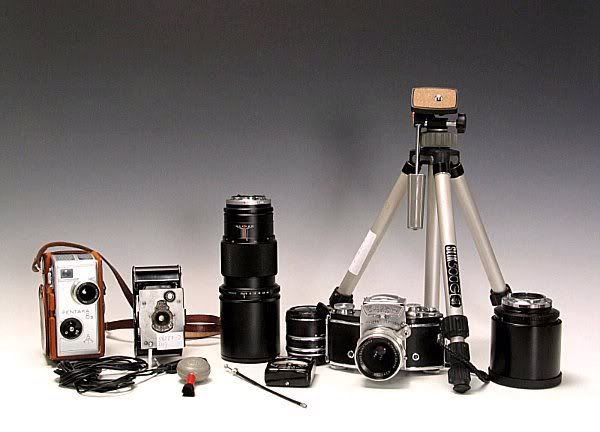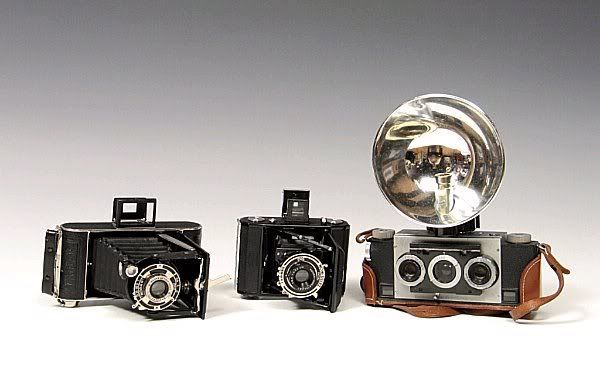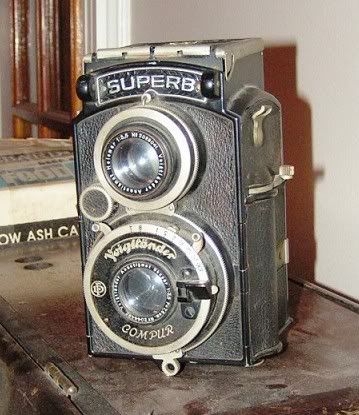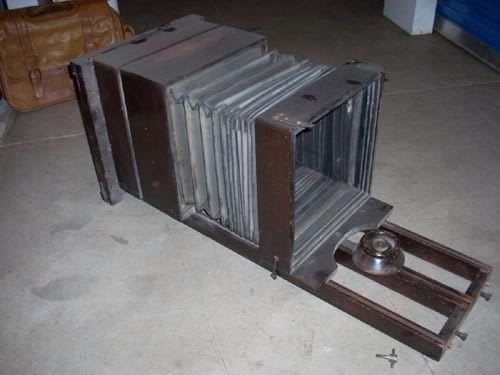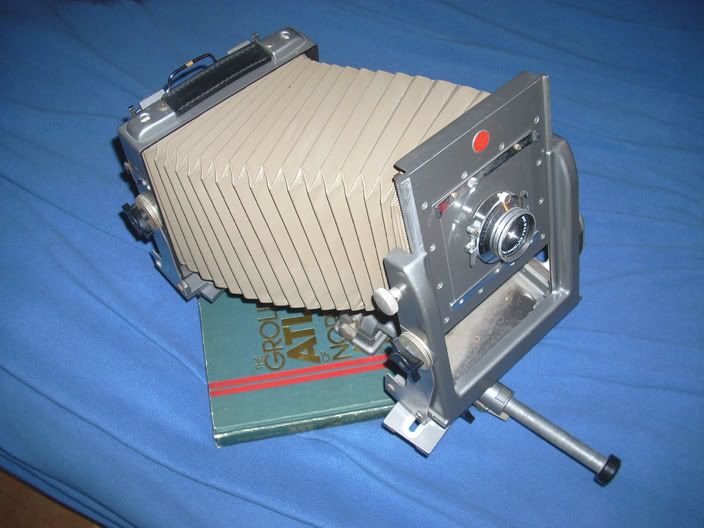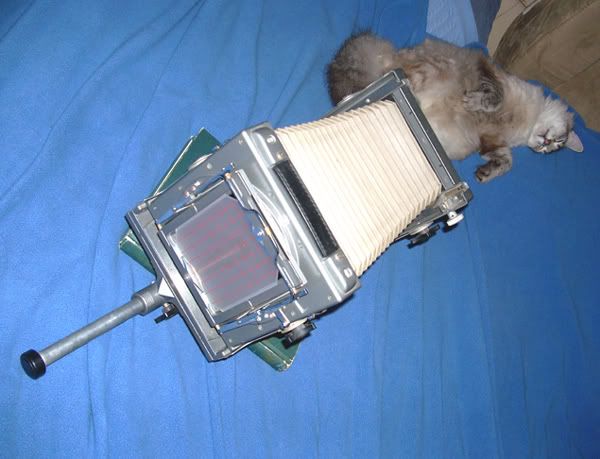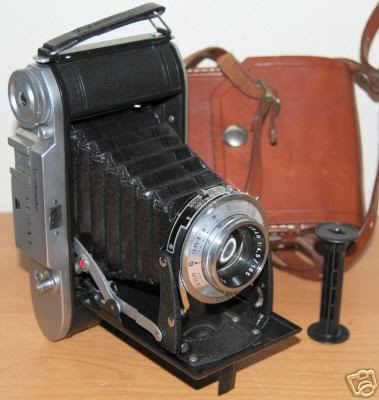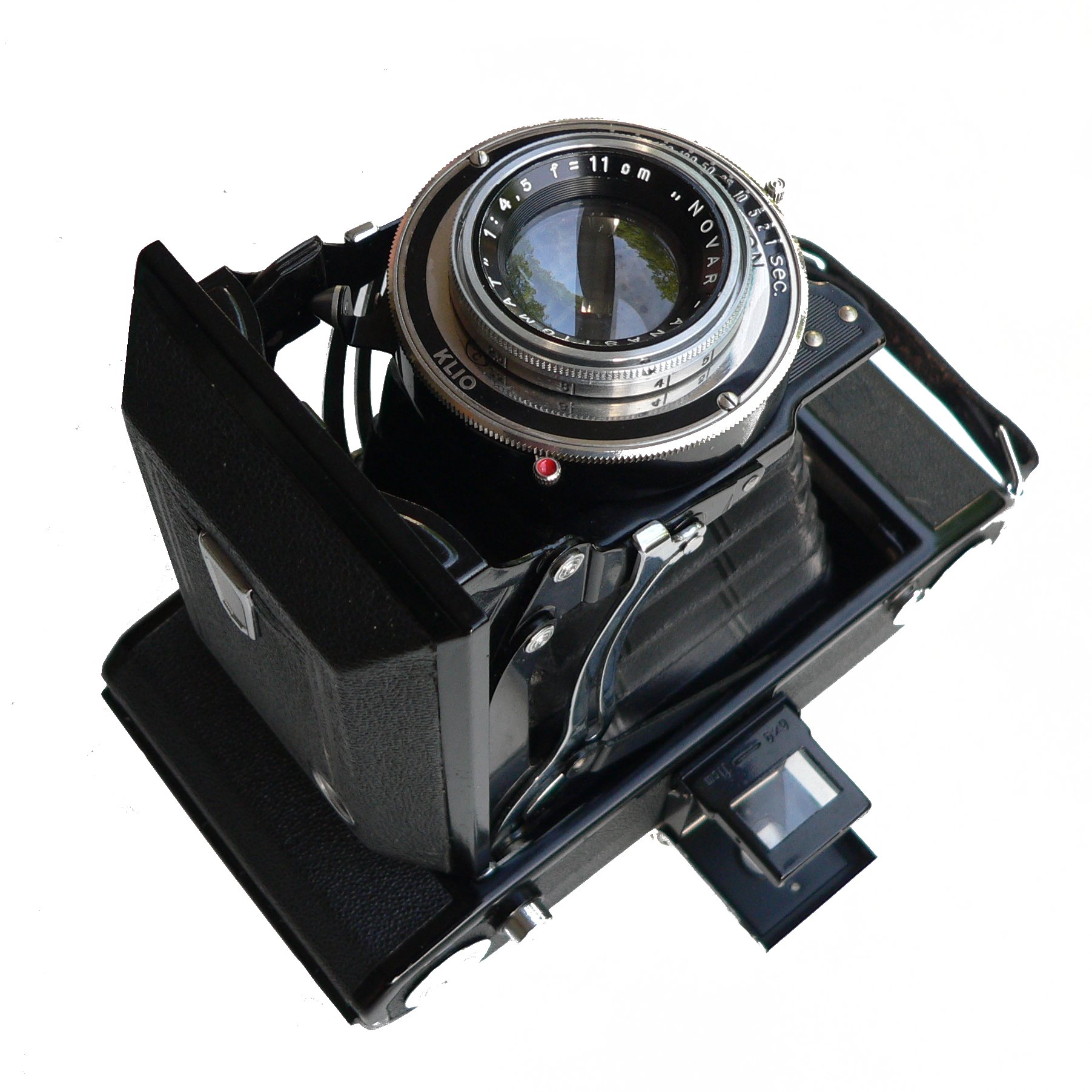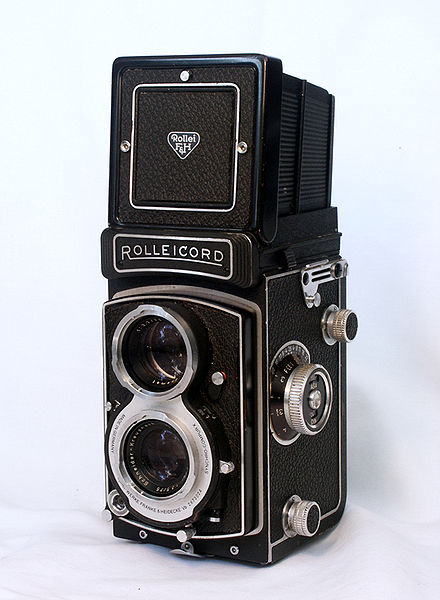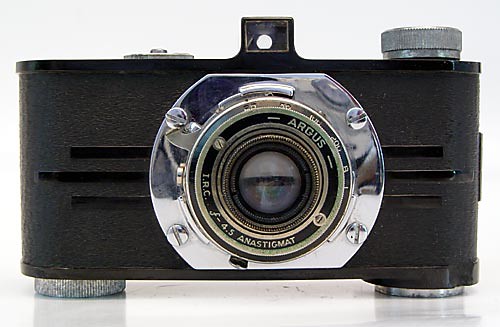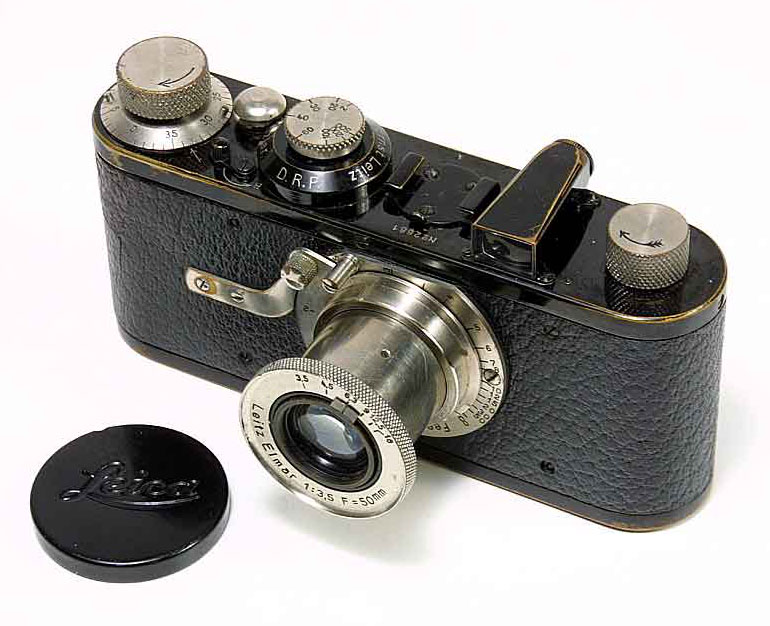Jack Armstrong
Familiar Face
- Messages
- 64
- Location
- Central Pennsylvania
MrNewportCustom said:I will be using this . . .
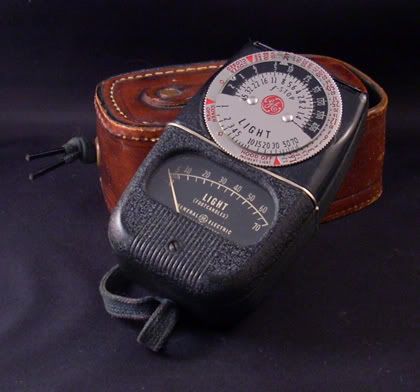
. . . along with the camera shown in my above post.
Does anyone know the light situations for using it "hood closed," "hood open" or "hood off"?
That's the only thing that confuses me about it.
Lee
It's simple. For low-light situations, you want the photocell to receive more of the incoming light, so you open the slotted gate on the front of the meter, and take your readings using the "open" red triangle on the dial. When the light is stronger, you close the slotted gate and take your readings using the "closed" red triangle.
The "hood" is the entire front end of the meter, which is held by a metal clip and can be removed by pulling. At that point, you have an incident meter, which is used to measure the light falling on the subject, rather than the light reflected from it. Incident readings are something you'll probably not use very often, so you can safely ignore that aspect of your meter till you're more familiar with the concepts involved.
It's a bit of a kludge anyway. Personally, I don't consider the 68 very good in incident mode. When you get to the point where you really want a good vintage incident meter, find a Norwood Director. And make sure the little bright-light insert filter is present (they're easily lost).
I've been collecting antique 35mm cameras for about 15 years, and I've got three DW-68s (and one of its earlier cousins, the DW-58) All of them are dead accurate and easy to use. And I didn't pay more than $5 for any of them.
If you really want accuracy, look for a Weston Master II or III. These meters were high-end hardware in their day, and if they were properly cared for, they'll perform just as well today.
My wife and I used to have a business selling photos at arts festivals, and all my photos were taken with my antique cameras. My favorite is my 1952 Nicca (best of the Leica clones), with 50mm, 35mm and 100mm lenses. But other cameras I've used professionally are a Univex Mercury II and a Kodak Signet 35.
I'm consistently amazed that so many folks these days find f-stops and time settings intimidating, or the use of a light meter some sort of incomprehensible voodoo. It's all really very basic and simple, and anyone who can get their hands on an introductory photography book from earlier than about 1970 will be able to pick it up very quickly. Earlier generations had no trouble with it.
Another great source of information is vintage photography magazines from about 1940 through about 1955. I grab these whenever I can find them, either online or at flea markets and antique malls. They will not only demystify many of the features on your antique cameras, they'll show you how those cameras were used and give you plenty of example photos to emulate.
One place to find vintage photo equipment is:
Robert G. Pins
10 John Circle
PO Box 406
Norwood, NJ 07648
USA
He deals exclusively in antique cameras and accessories. I've dealt with him off and on for about ten years, and have always been satisfied. He hasn't got a website, so drop him a line and ask for his catalogue, which he issues every couple of months.
There are also online dealers, such as Pacific Rim (with which I've never dealt, so I can't comment on them):
http://www.pacificrimcamera.com/
A few minutes with any search engine will turn up more.
Good luck, and enjoy!
